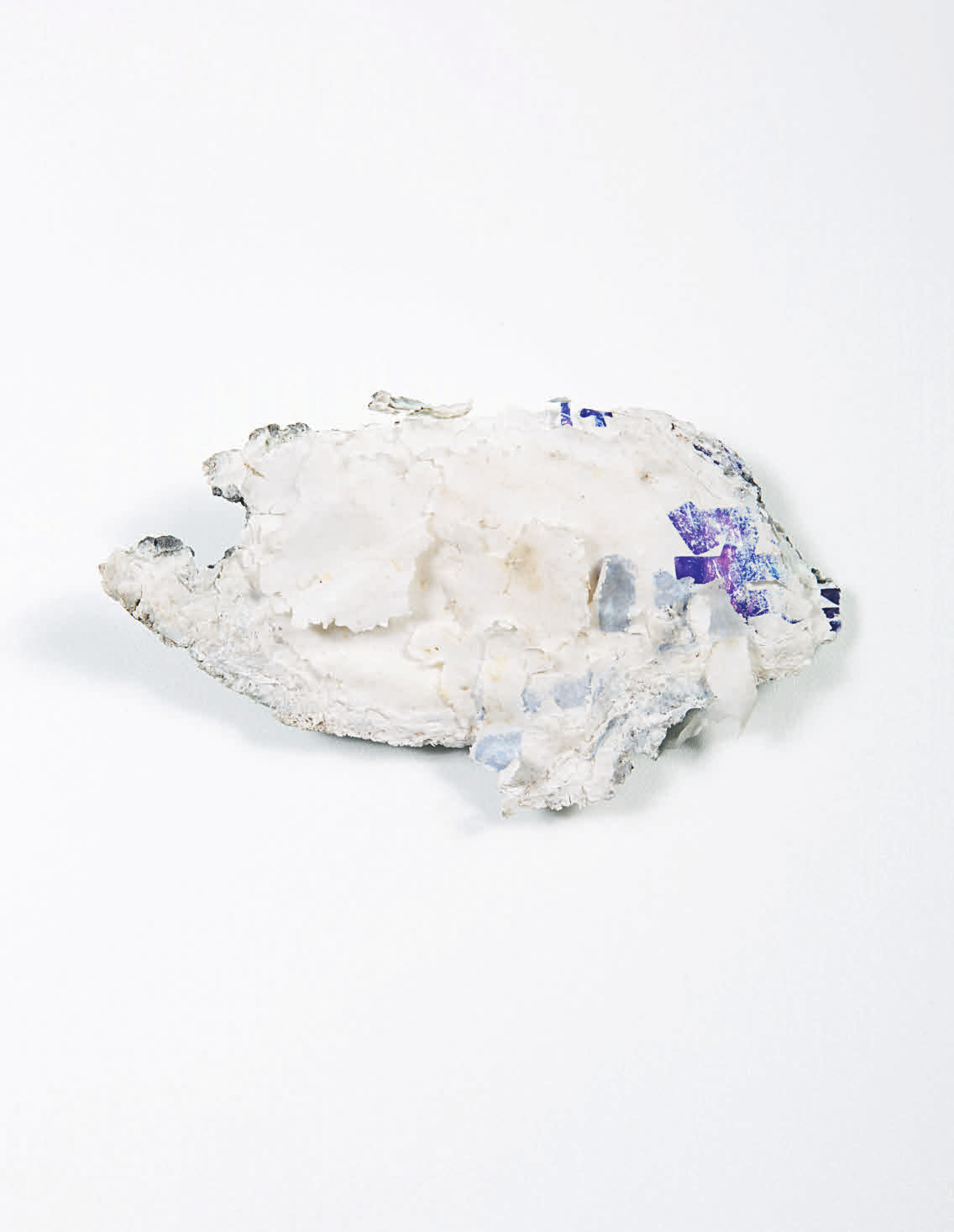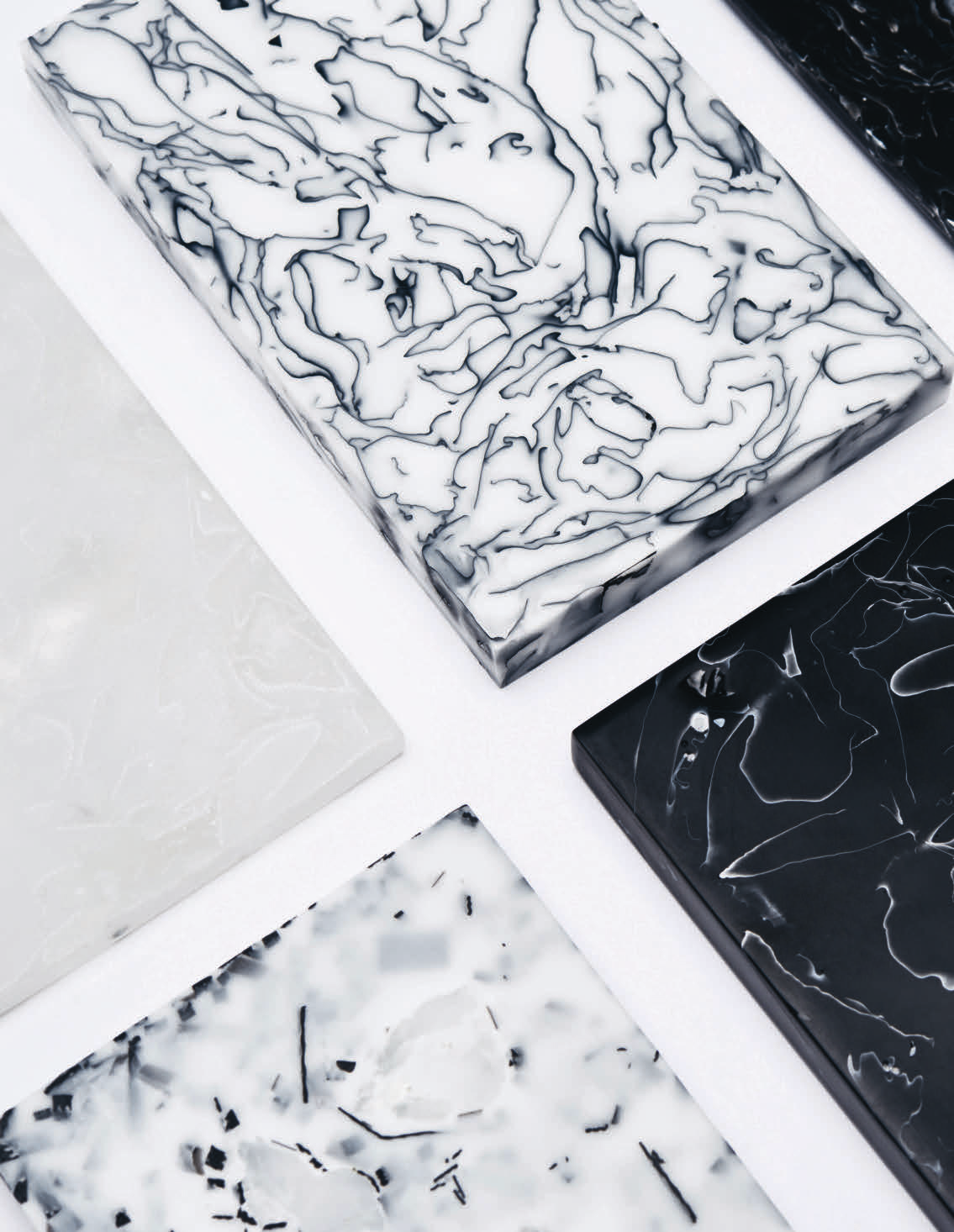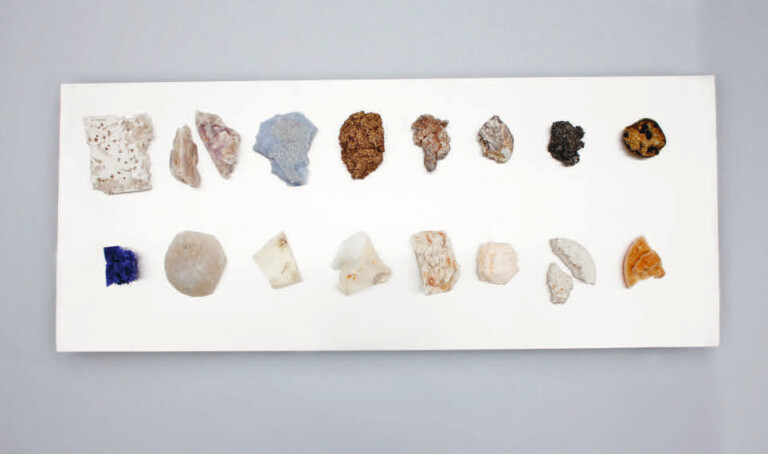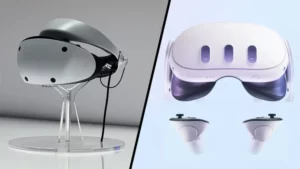Scientists have concluded that humanity has now had such a huge impact on the Earth, we have entered a new geological age termed the Anthropocene period. In response, designers have speculated and reimagined the future of geology, encouraging us to redefine our current notions of what is natural and what is man-made.

Mankind’s relentlessness burning of fossil fuels, testing of nuclear weapons, burying of plastics and mining of raw materials has had an irreversible impact on the geological make-up of our planet. As a result, we are beginning to witness the exploration of waste as a source of raw material, a search for alternative mining processes, and a re-evaluation of our current definition of nature. One waste product currently being explored as a valuable new material is Fordite. Also known as Detroit or motor agate, this material – which resembles beautiful agate stones formed from crystallised silica – is actually made up of many layers of hardened automotive enamel paint slag from old car factories.
Supplies are limited due to the modernisation of car manufacturing, and Fordite has become valuable, and is often recycled to create jewellery. Since the mid 20th century, approximately six billion tons of plastic have been manufactured. Much plastic ends up in our oceans and landfills, and its longevity can be seen in some unexpected ways. After travelling to Kamilo Beach, a polluted stretch of sand on Hawaii’s Big Island, geologist Patricia Corcoran and artist Kelly Jazvac discovered a new material they call Plastiglomerate – a mix of plastic and beach sediment, including sand, wood, coral and basalt rock. Plastiglomerate has the potential to become the fossil of the future, signalling the impact of human pollution and serving as a permanent marker of the Anthropocene era in our planet’s geological record.

The work of multidisciplinary designer Jorien Wiltenburg further speculates on the impact of the Anthropocene era. In Cross Section Geology, part of Wiltenburg’s New Geology project, Wiltenburg explores our changing planetary landscape through geological cross sections made from beach and city rubbish and rubble. The objects question and redefine our perception of nature. Soil Grains – An Observatory of Horizons is an installation by designer Yesenia Thibault- Picazo, comprising four thin sections of soil taken from the French towns of Pompey and Homécourt, two sites with significant industrial history. The piece allows us to observe the impact that humanity has had on the soil, creating a narrative that aims to help us understand our relationship with nature.
Another of Thibault-Picazo’s works, Biomining or the Earth Harvesters, presents fictional botanical specimens in a short film exploring a future in which extreme soil pollution has left cities uninhabitable. The film focuses on three new botanical species which have adapted to the polluted environment and are able to extract toxic substances from the soil, including arsenic, cadmium and aluminium. The project raises questions about the sustainability of the Earth’s finite resources, and asks whether recent technologies which use the natural properties of plants to help remove toxic elements from contaminated soil demonstrate a true understanding of our responsibility to the environment.
Plastiglomerate has the potential to become the fossil of the future, signaling the impact of human pollution and serving as a permanent marker of the Anthropocene era in our planet’s geological record.









